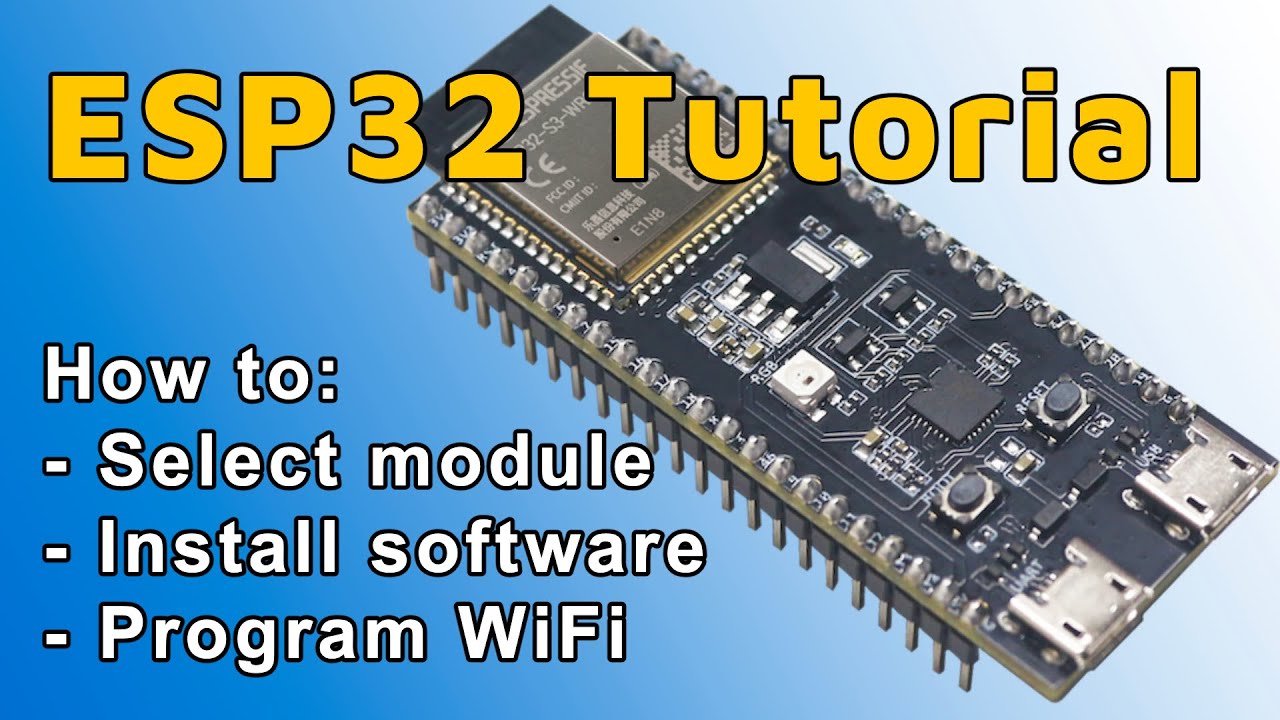Schematic Design: 9 Tips when Adding a Connector

Tip 1: Check maximum current per pin
Often maximum current carried per pin is between 1 and 2 Ampers. Be sure, enough pins is provided for POWER and GROUND.
Often maximum current carried per pin is between 1 and 2 Ampers. Be sure, enough pins is provided for POWER and GROUND.
Tip 2: If the mating connector can be plugged in the other way round, be sure, pinout is designed the way, nothing on your board will be damaged.
For example, if connector carries powers, design the pinout the way, when plugging it in the other way round, the POWER and GND make short circuit (most power supplies dont start when output is in short circuit, so nothing will damage). Or, if there are output signals and connector is plugged in the other way round, try to design it the way that Output<-> Input will be connected, rather then Output<->Output.
For example, if connector carries powers, design the pinout the way, when plugging it in the other way round, the POWER and GND make short circuit (most power supplies dont start when output is in short circuit, so nothing will damage). Or, if there are output signals and connector is plugged in the other way round, try to design it the way that Output<-> Input will be connected, rather then Output<->Output.

Tip 3: Don’t place any critical signals close to the CLOCKs
Some signals like RESET, Interrupt, Wake up should not be in neighbour with CLOCK signals
Some signals like RESET, Interrupt, Wake up should not be in neighbour with CLOCK signals
Tip 4: Place a slow signal between two neighbour Differential pairs
Most suitable is GND or Power, but other signals can be used (for example LEDs, Power Enable, USB Over current, …)
Most suitable is GND or Power, but other signals can be used (for example LEDs, Power Enable, USB Over current, …)
Tip 5: Place some capacitors close to power pins
Place at least one bigger (10uF) and one smaller (100nF) capacitor close to the power pins (if input), place at least one small capacitor (100nF) if the power pin is output. For hot plug power output pins (e.g. USB) use much bigger capacitance (at least 100uF or 220uF).
Place at least one bigger (10uF) and one smaller (100nF) capacitor close to the power pins (if input), place at least one small capacitor (100nF) if the power pin is output. For hot plug power output pins (e.g. USB) use much bigger capacitance (at least 100uF or 220uF).
Tip 6: Add a note into schematic about the mating connector, so you (and others) don’t have to look for it again and again.
Tip 7: Group signals of the same interface together, use pins from both rows of the connector.
It just doesn’t look professional to mix signals of several interfaces together.
It just doesn’t look professional to mix signals of several interfaces together.
Tip 8: If possible, use connectors which are easy to make
Ribbon cables are very easy to make. On the other hand, if you choose a crimp connector, these are very time consuming to make and can be expensive.
Ribbon cables are very easy to make. On the other hand, if you choose a crimp connector, these are very time consuming to make and can be expensive.

Tip 9: If a ribbon cable is used, be aware of neighbour signal
The neighbour signal for ribbon cable are on the opposite row.
The neighbour signal for ribbon cable are on the opposite row.




